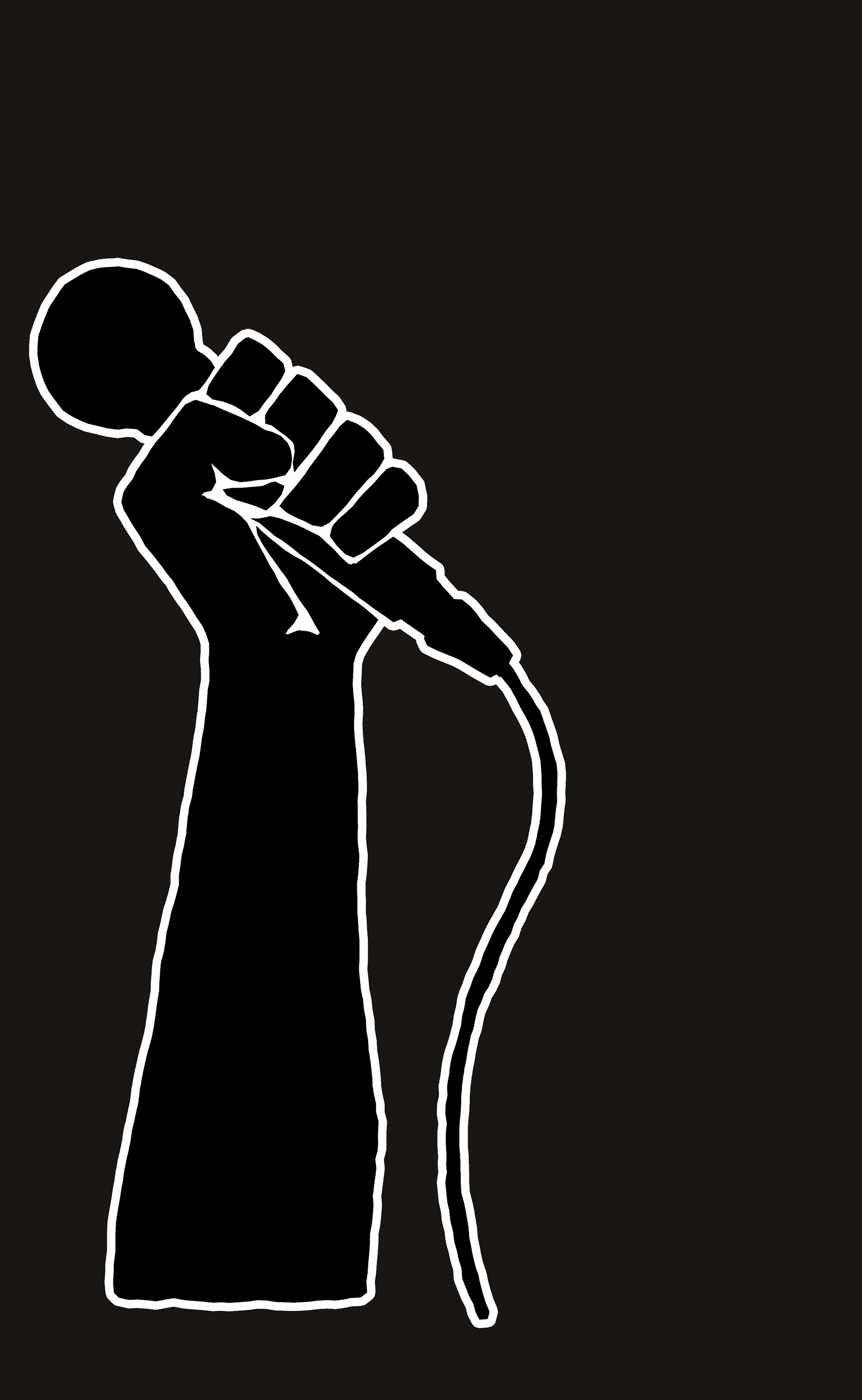The Little Red Monster (LRM) is a large-diaphragm, multi-pattern tube condenser microphone influenced by the Neumann U 67. The first thing I noticed is the striking red grill against the black mic body, featuring the Weird Man logo – described by Weird Audio's Thomas Parker as a "...bandit, cowboy, rogue knight... champ for the little guy." A heavy duty Pelican-style plastic flight case contains the mic, power supply, 7-pin XLR cable, and a shock mount. I really like this Rycote InVision [Tape Op #84] style shock mount, with its three threaded posts that securely but gently tighten to grip the mic with silicone rubber pads – it stays put. The cable is 25 feet long – plenty to position the mic where needed. The full specs are available online, so I won't belabor them here.
I powered on the mic and let the tube break in for a few hours before I began tracking drums at a friend's studio. His place is rather dead sounding, so he doesn't generally use room mics. I placed the Little Red Monster about 4 feet off the floor and 10 feet in front of the kit with a figure-8 pattern, straight into the console. Upon playback, we both immediately noticed how it captured a full and balanced picture of the entire kit. After smashing the track with a compressor and adding a little to the drum mix, suddenly we were in Headley Grange!
The next opportunity was to track male vocals for a rock band. The Little Red Monster was set in cardioid mode and connected to a Hairball Audio Copper preamp (Neve 1073-style, 500 Series). After settling on the best take and comping a few lines, I was ready to EQ but quickly realized the track sounded fine as is! There is a bit of a presence boost, but not an overly sibilant one, and the bottom end is so well balanced that I didn't even add the usual high-pass filter. With a little bit of compression the vocal sat in the track perfectly. For comparison, I put up another tube mic that costs twice as much, and it could have worked too after some EQ, but we all agreed the Little Red Monster was the clear winner in this case. I had several more sessions with different male vocalists, and was equally impressed with the results.
On a female vocalist with a strong voice, I had nearly the same experience. This time there was a slight sibilance, which required some de-essing, but I'll take some of the blame for that. I thought I'd change things up a bit, so I connected the mic to an A-Designs EM-Blue preamp, which has a Nickel-wound output transformer (known for accentuating the highs). In the end, it was slightly a little bit too much sizzle.
I own several tube condenser mics, and while the Little Red Monster may not be the quietest of the bunch, any self-noise is certainly nothing to worry about. The fan on my computer, passing jets (even in my mostly sound-proof studio), and the almost silent ticking of the Zildjian cymbal clock on the studio wall are significantly noisier. As of this review, Weird has switched to a Sovtek 12AX7WB tube for quieter performance.
In the studio, a microphone is a tool for the recording engineer. I'm not so much into brand hype or names. I don't really care if it looks like a Telefunken U 47, or if the capsule is sputtered with unobtanium and hand-built (tentacle-built?) by extra-terrestrials in a secret underground lab. However, if I can work more efficiently while quickly achieving the sound I'm after, then that's a tool I can use. And I will absolutely be using the Little Red Monster again!




_disp_horizontal_bw.jpg)